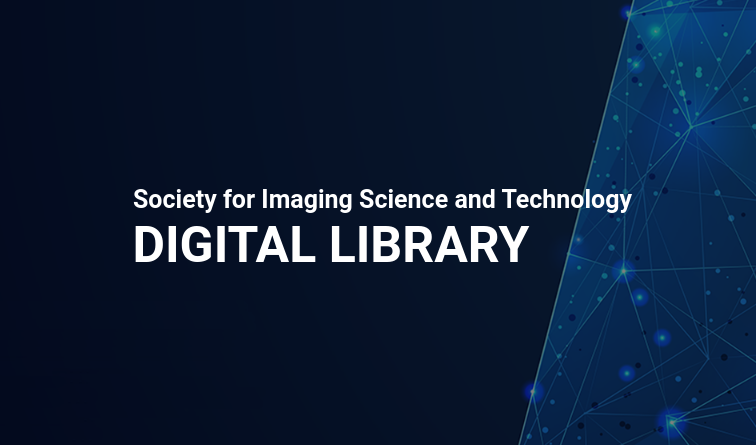
The objective of this work is to predict the deviations between spectral measurements obtained by different devices for halftone prints. To describe the physics, the transport theory is considered, and to accurately solve the governing equations for arbitrary phase functions, a stochastic Monte Carlo method is employed. Recently, a stencil approach was developed, which allows to speed up such Monte Carlo algorithms significantly without compromising their accuracy. However, even with the stencil method the computational cost of well resolved simulations becomes exorbitant, if large halftone patches with huge numbers of individual dots are considered. To overcome this problem, a new multi-scale algorithm is devised. For large samples with statistically homogeneous dot patterns, it allows an additional increase of the efficiency without affecting the accuracy. In our studies we compare measurements of print patches captured with a hand-held eye one device and a microscopic spectrophotometer. Varying illumination and capturing geometries throughout different measuring devices pose a challenge to accurately predict the measurement differences with numerical models. These geometries were determined and implemented as boundary conditions of the simulated domains. Evaluations are presented that demonstrate reasonable agreement between the computed and the experimental data for ten halftone samples with ergodic, isotropic halftone patterns of different ink coverage.
Milos Sormaz, Safer Mourad, Tobias Stamm, Patrick Jenny, "Predicting Spectral Halftone Measurements for Different Instruments Using a New Multi-Scale Approach" in Proc. IS&T CGIV 2008/MCS'08 4th European Conf. on Colour in Graphics, Imaging, and Vision 10th Int'l Symp. on Multispectral Colour Science, 2008, pp 25 - 30, https://doi.org/10.2352/CGIV.2008.4.1.art00006
